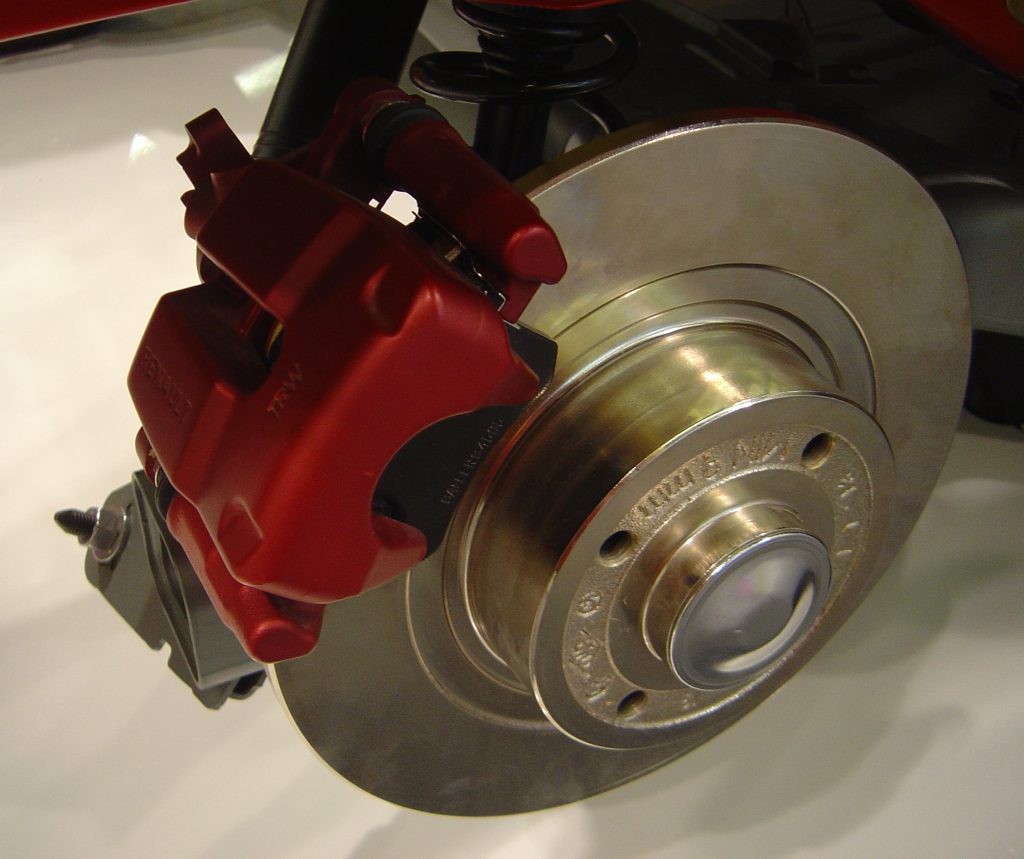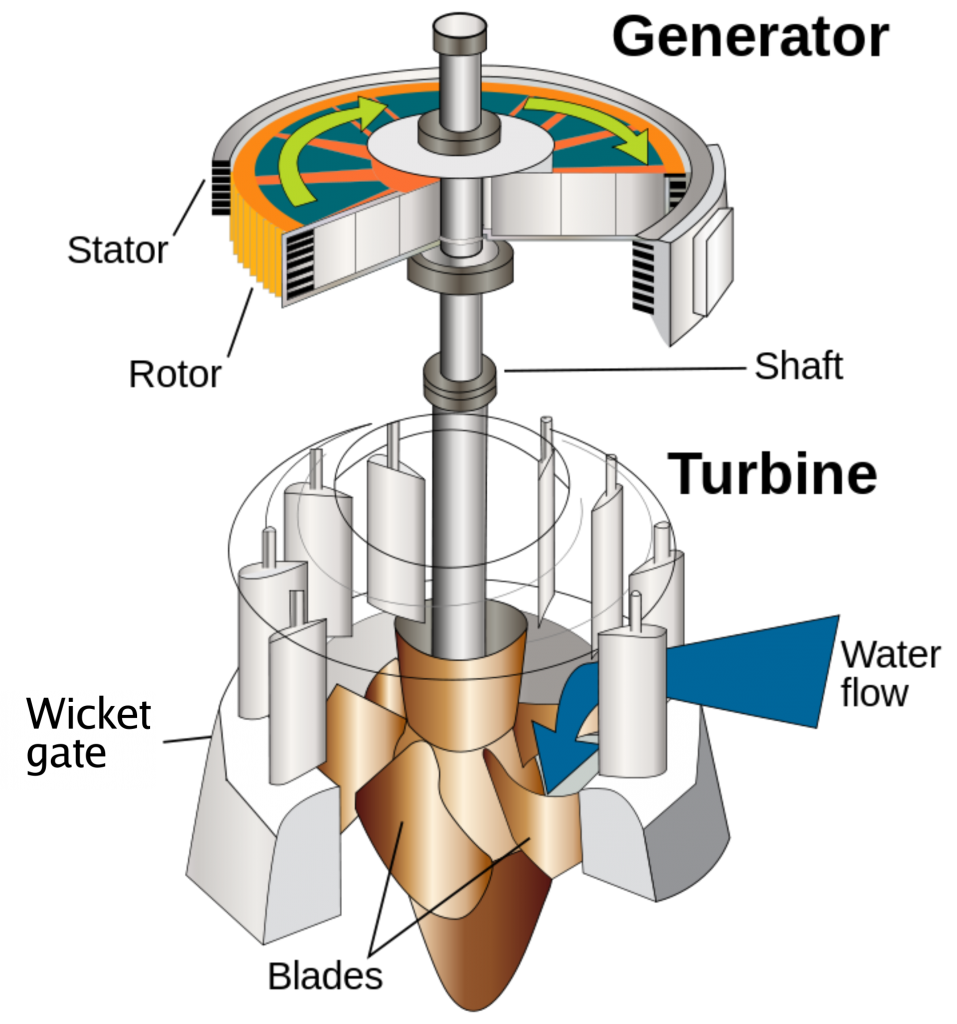Every single electric skateboard has something called “regenerative braking” built into it. Like the name implies, regenerative braking is a method of braking that slows your skateboard down. But, what may not be obvious to people is that regenerative braking actually charges your battery while it slows down, which explains the “regenerative” part of the term.
Regenerative braking has been around forever. It’s used in several different applications, from electric cars, to your electric skateboard, and the same principal is actually used to generate electricity in hydroelectric dams. So, what is regenerative braking?
Friction Braking
First, a little primer on how brakes work– when you want to slow down, you use brakes. On cars and bikes with disc brakes, friction is used to transfer rotational energy into heat via a caliper rubbing against a brake rotor.

Braking is all about transferring energy from one form (the rotational energy of a wheel spinning) to another (heat). When the brake caliper clamps down on the rotor, it spins slower because of the friction.
Regenerative Braking
But, electric skateboards don’t have brake discs at all, so how do they slow down? This is where regenerative braking comes into play. If you remember, braking requires rotational energy to be transferred into some other kind of energy. But, since we can’t use friction to turn it into heat, electric skateboards turn the rotational energy into electricity.
Electric motors work by sending electricity through a bunch of coiled up wires. When electricity flows through coiled wires like this, it generates a magnetic field. This magnetic field is actually what is used to turn the wheel by switching the field on and off in a specific order. There’s other resources on the Internet that go into the physics if you want to learn more.
This is important to know, because regenerative braking is basically the exact opposite of an electric motor. Instead of running electricity through coiled wires to generate a magnetic field and turn the wheel, regenerative braking actually works by having a wheel (with permanent magnets attached to it) spin next to coiled wiring. Believe it or not, the magnets passing by the coiled wires generates electricity. But because of the laws of thermodynamics, this electricity cannot just appear out of thin air– it actually slows the spinning of the wheel down.

Regenerative braking is also used in electric cars and hydroelectric dams: the water flowing through a dam spins a turbine, which is connected to what is essentially a large electric motor. Of course, since the water is turning the rotor, it generates electricity (and a lot of it!) instead of consuming it.
Dynamic Braking
This poses a problem though– what happens when you’re traveling 20 mph down a hill on your electric skateboard, have a 100% full battery, and need to brake? The electricity generated by regenerative braking has to go somewhere, but if it went into the battery then the battery would be overloaded and potentially catch fire, so the vast majority of electric skateboards just don’t let you brake when the battery is at 100%. Pulling back on the throttle would do absolutely nothing, send you hurdling towards the bushes (or, worse, traffic).
To combat this, some high end electric skateboards use a system called dynamic braking. This system uses a resistor to generate heat out of electricity. So, instead of directing the electricity to the battery, the skateboard will send the electricity to a resistor. Much like a disc rotor turns rotational energy into heat via friction, a dynamic braking system turns rotational energy into electricity (via regenerative braking) into heat (via the resistor).
This system isn’t foolproof since resistors can’t just get infinitely hot to capture all of the energy gained from braking, but it can be enough to stop the board in an emergency scenario.
The Mellow Drive is an example of a board with this system.
In summary, regenerative braking is a system that works like an electric motor in reverse. It turns the rotational energy of your skateboard into electricity via coiled copper wiring in the motors. But, since regenerative braking generates electricity, unless your board uses a dynamic braking system, you will lose your brakes when you battery is full! Always be prepared to bail and learn how to foot-brake as a last resort.